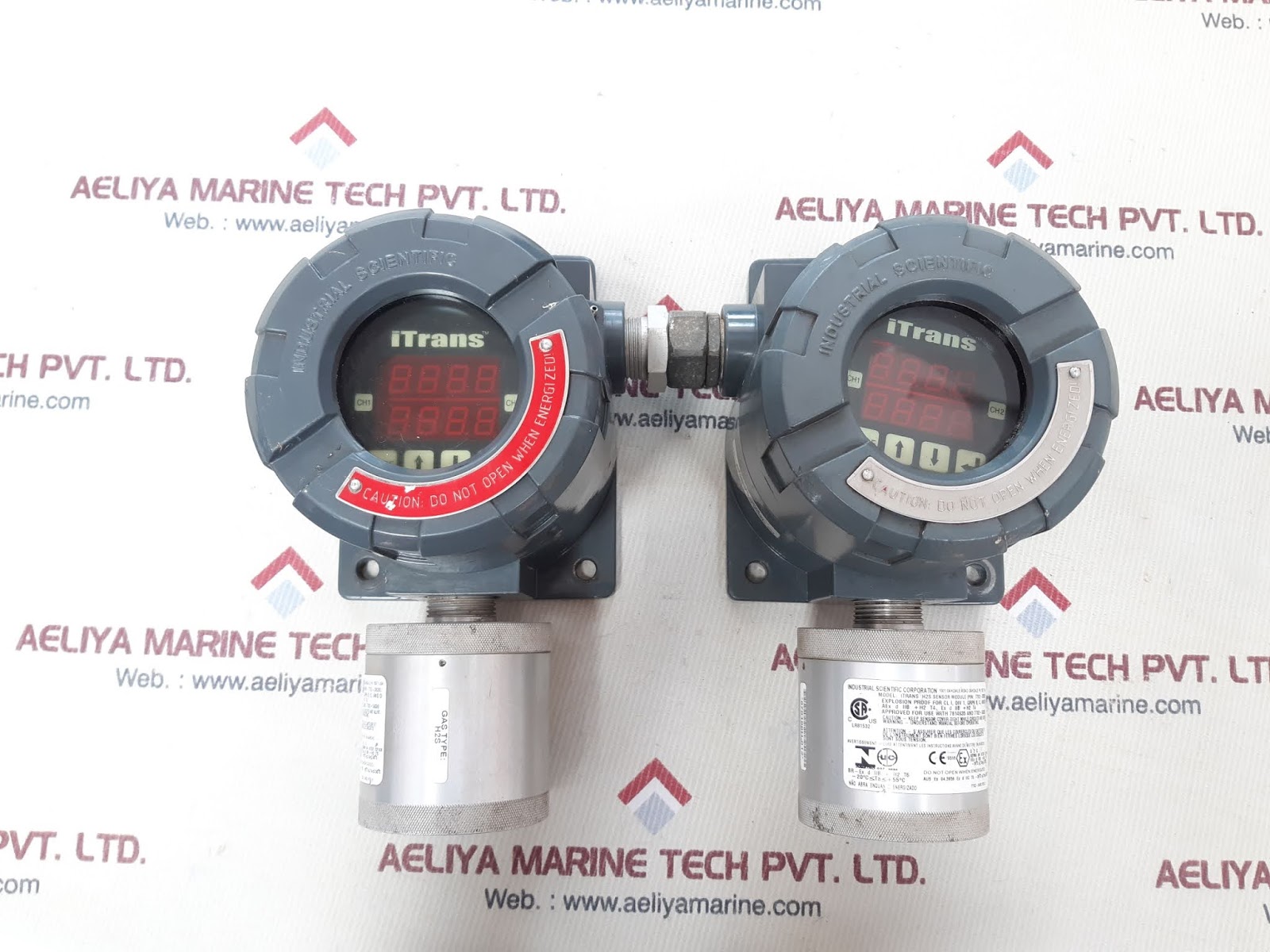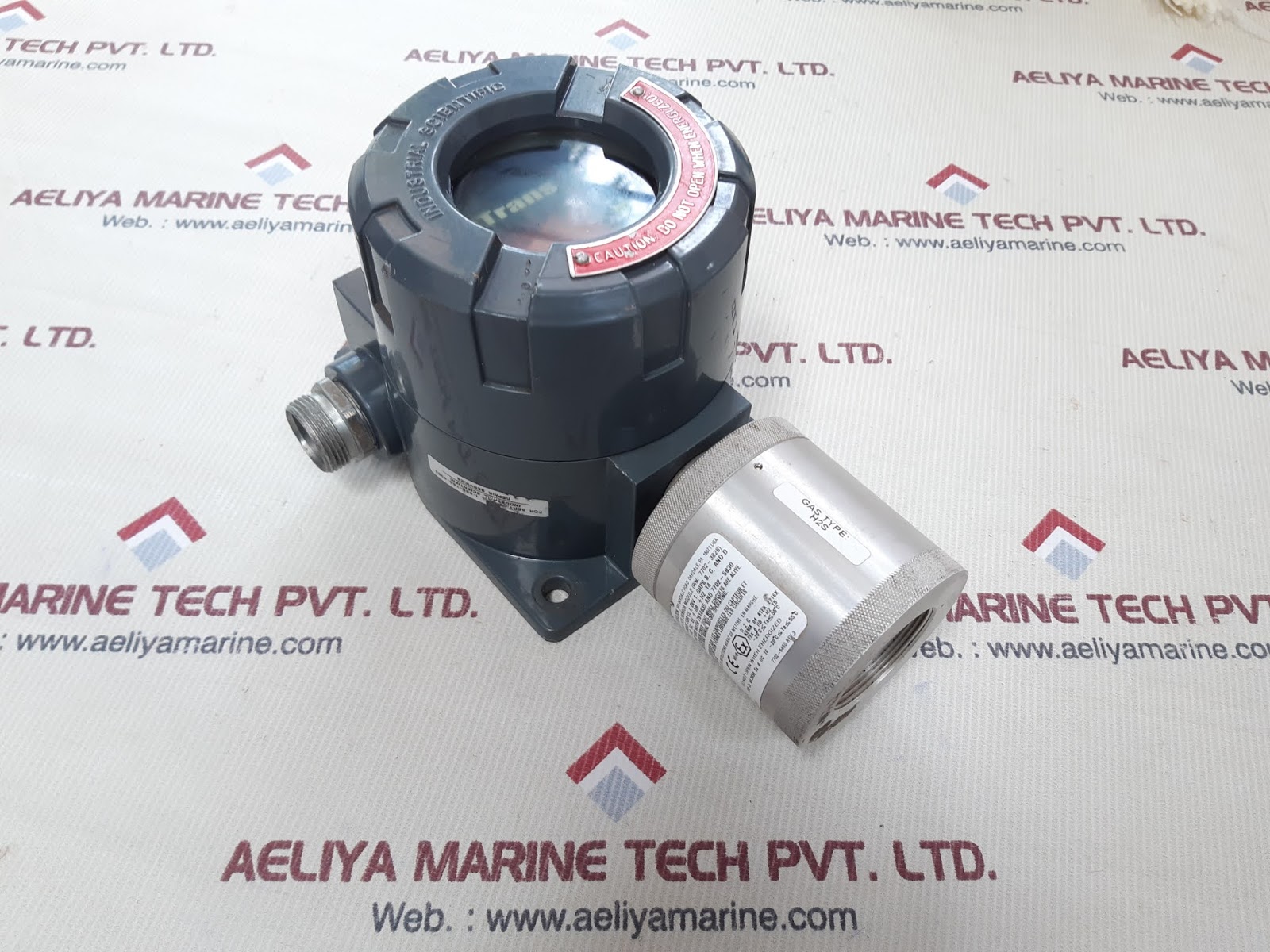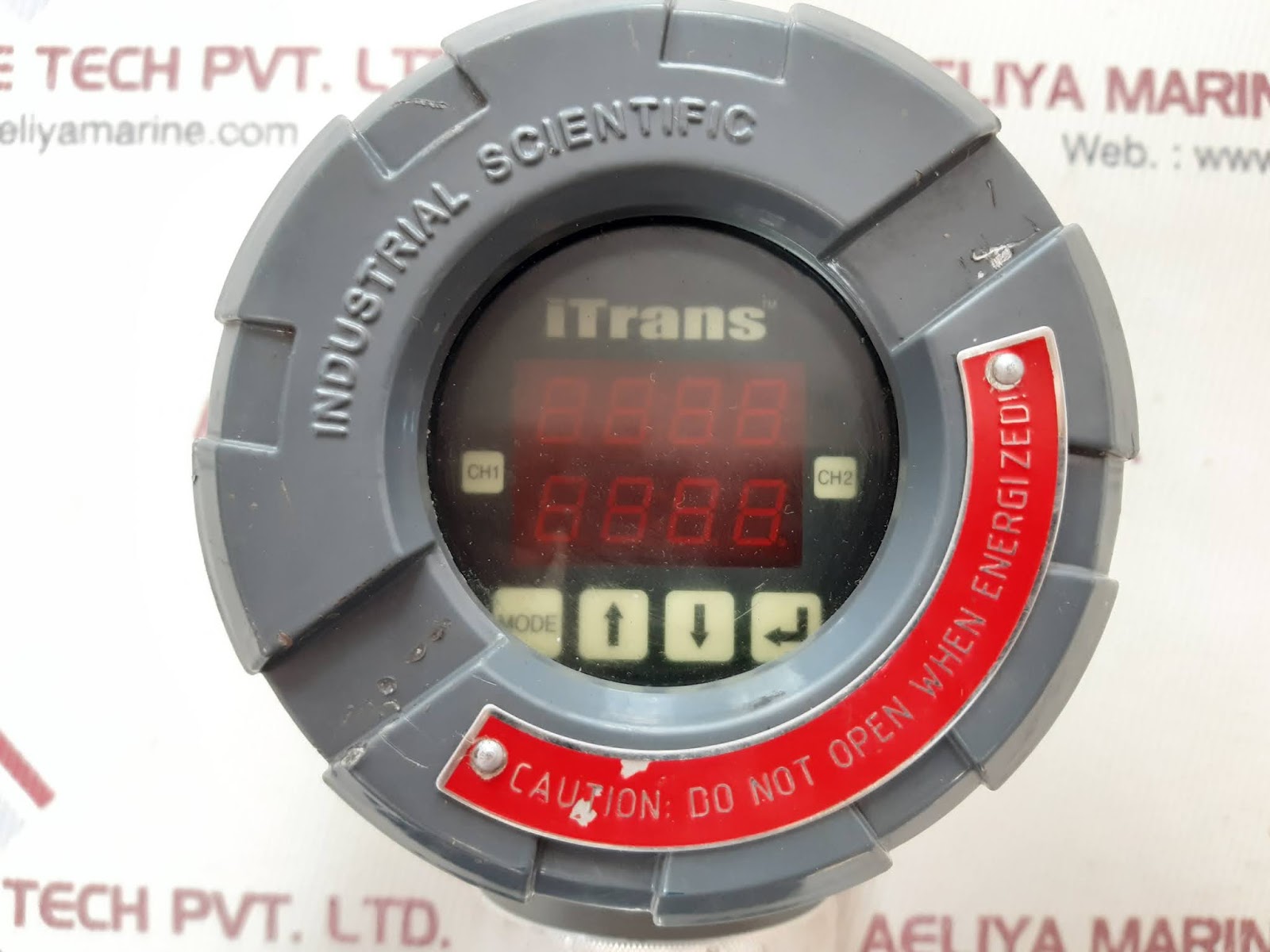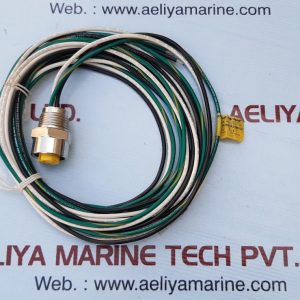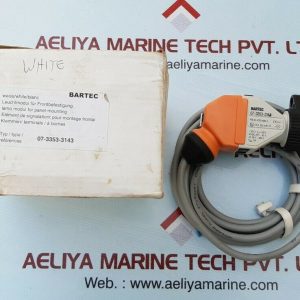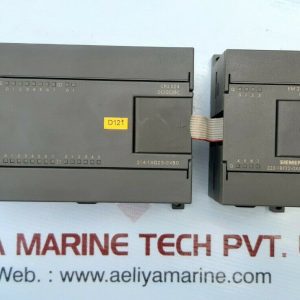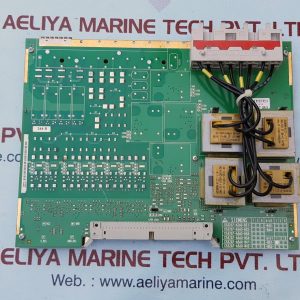| Attribute | Value |
|---|---|
| Manufacturer | Industrial Scientific Corporation |
| Model | iTrans H2S Sensor Module |
| Part Number | 7702-3828 |
| Gas Monitor Model | iTrans Gas Monitor |
| Gas Monitor Part Number | 7814635 |
| Input | 12-28 VDC, 600mA max, 350mA @ 24VDC |
| Output | 4-20 mA |
| Hazardous Location Ratings | BR-Ex d IIB + H2 T5 IP66 -20°C Ta +55°C Gas Type: H2S Explosion Proof for Class I, Div 1, Groups B, C, and D AEx d IIB + H2 T4, Ex d IIB + H2 T4 II 2G KEMA 04 ATEX 2216X EEx d IIB + H2 T5 -20°C Ta 55°C |
| Revisions | 7702-5450 Rev. 3 7702-5252 Rev. 5 |
| Other Identifiers | *0701009-019* *08060CL-004* |
| Type | 4X |
| Contact Rating | 30 VDC/30 VAC @ 5A max to each relay |
| Origin | USA |
| Weight | 3.190 kg |
Understanding the iTrans 7702-3828 H2S Sensor Module
The iTrans 7702-3828 is a highly advanced sensor module used for the accurate detection of hydrogen sulfide gas. It uses advanced electrochemical sensor technology, which offers high sensitivity and selectivity to H2S, reducing interference from other gases. This technology allows for precise measurements even in harsh environments.
Key Features and Benefits:
High Sensitivity and Selectivity: The electrochemical sensor within the 7702-3828 provides superior sensitivity to H2S, responding to trace levels of the gas. High selectivity reduces cross-interference from other gases, providing precise H2S measurements.
Fast Response Time: In emergency situations, quick detection is essential. The iTrans 7702-3828 features a fast response time, immediately alerting users to potentially dangerous H2S levels.
Stable and Robust Performance: The module is designed for long-term stability and robust performance, with minimal maintenance needs. This guarantees long-term consistent and precise H2S monitoring.
Compact and Simple Integration: The 7702-3828’s compact size makes it easy to integrate into diverse gas detection systems. Its compact size allows it to be easily deployed in space-limited environments.
Wide Operating Temperature Range: The sensor module has a wide operating temperature range, which makes it suitable for various environmental conditions.
Long Lifespan: The iTrans 7702-3828 has a long operating lifespan, minimizing the need for frequent replacement and downtime.
Digital Output: The module usually offers a digital output signal, which makes communication and integration with microcontrollers and other control systems easy.
Applications of the iTrans 7702-3828 H2S Sensor Module
The flexibility and dependability of the iTrans 7702-3828 make it an ideal solution for a variety of applications, such as:
Oil and Gas Industry: H2S is a frequent by product in oil and gas production, which is a major threat to employees. The sensor module plays a vital role in detecting H2S concentrations in drilling operations, refineries, and pipelines.
Wastewater Treatment: Wastewater treatment facilities can produce H2S gas due to decomposition reactions. The 7702-3828 is utilized to measure H2S concentrations and protect workers.
Chemical Processing: Numerous chemical processes include the use or generation of hydrogen sulfide. The sensor module is critical in leak detection and avoiding dangerous exposures.
Mining: H2S may be found in underground mines and present a serious danger to miners. The iTrans 7702-3828 is utilized for continuous monitoring of H2S concentrations in mining applications.
Agriculture: In certain agricultural environments, for example, manure storage houses, H2S may be produced. The sensor module is utilized for monitoring and controlling the level of H2S.
Environmental Monitoring: The sensor is applicable for environmental monitoring purposes to sense H2S in the air.
Choosing the Right H2S Sensor Module:
When selecting an H2S sensor module, several factors should be considered, including:
Detection Range: Ensure the sensor’s detection range aligns with the expected H2S concentrations in the application.
Accuracy and Sensitivity: Choose a sensor with the required accuracy and sensitivity for the specific application.
Response Time: Consider the required response time based on the criticality of the application.
Operating Environment: Choose a sensor that is resistant to environmental factors such as temperature, humidity, and possible exposure to other gases.
Integration and Communication: Choose a sensor that is easy to integrate with the available systems and has compatible communication protocols.
